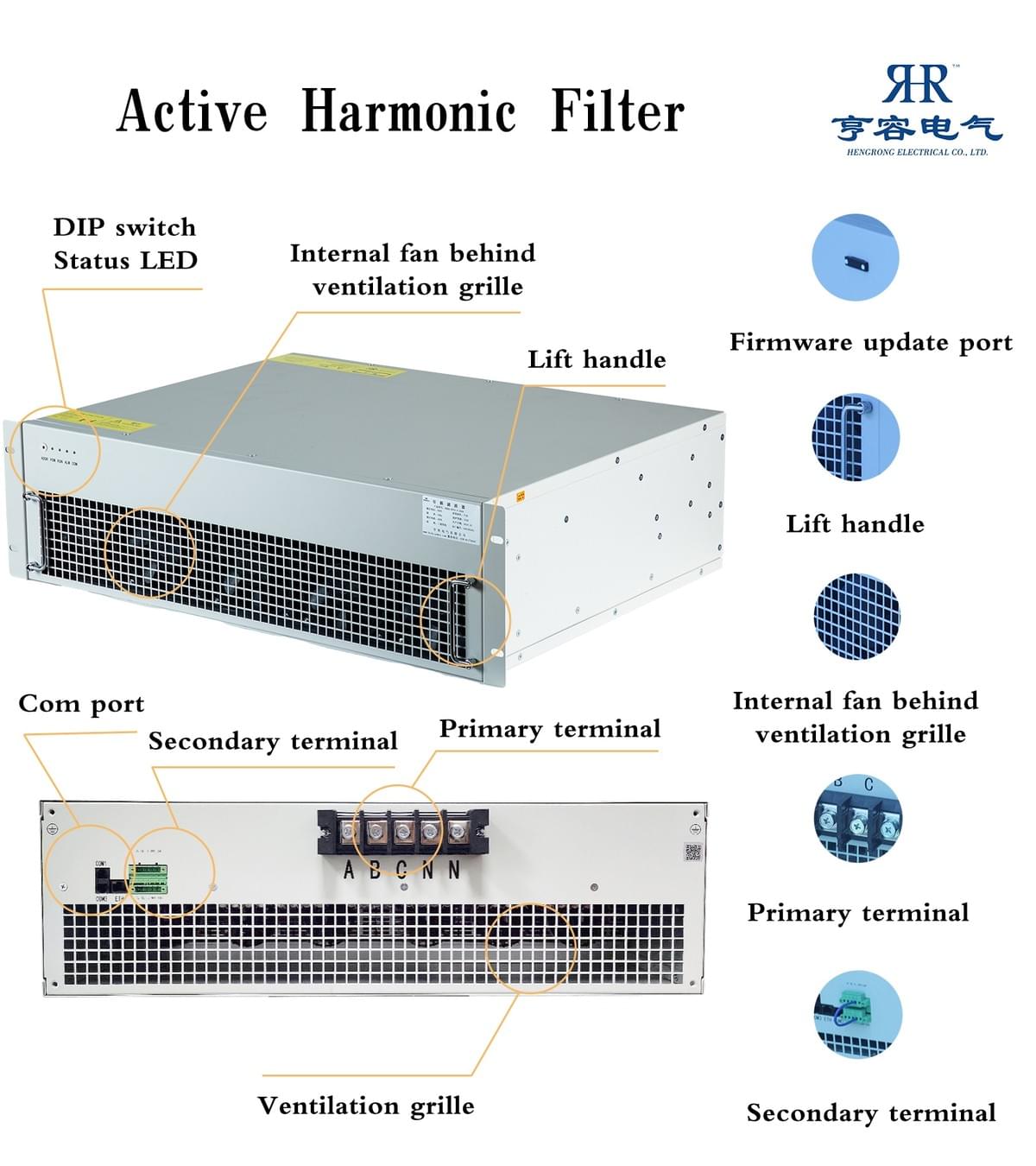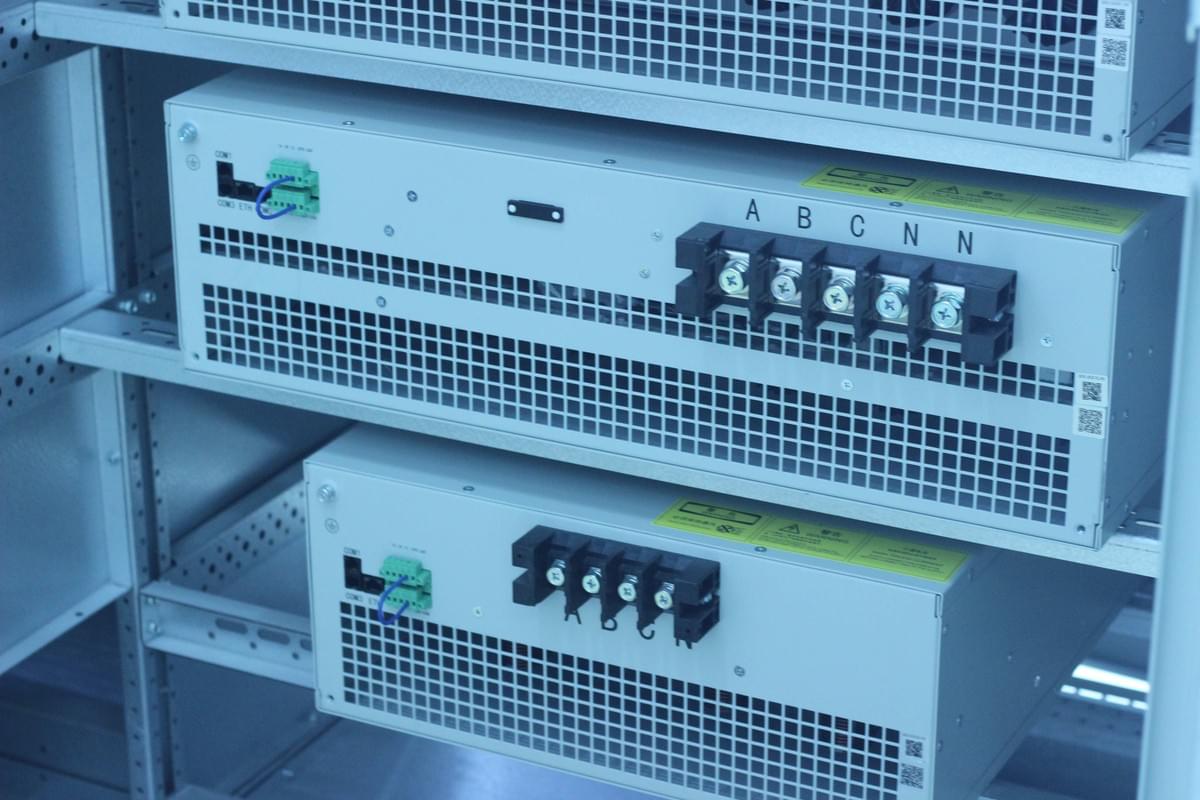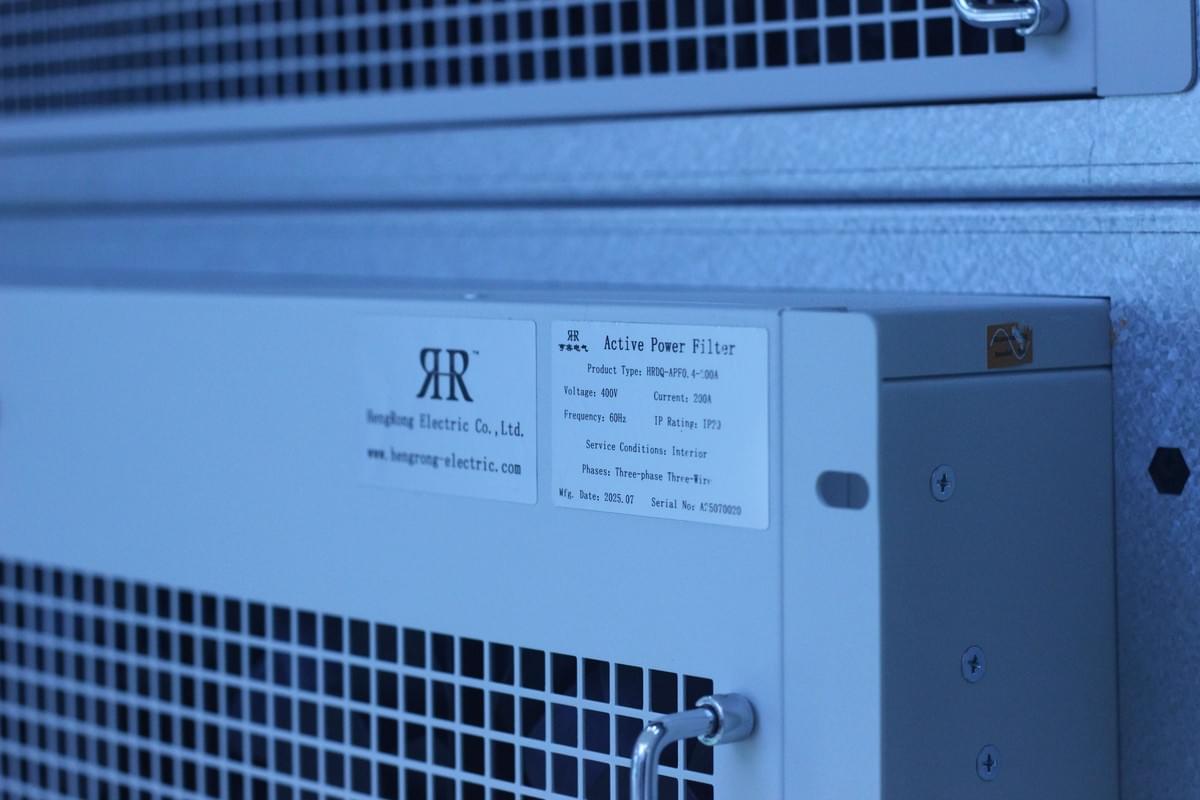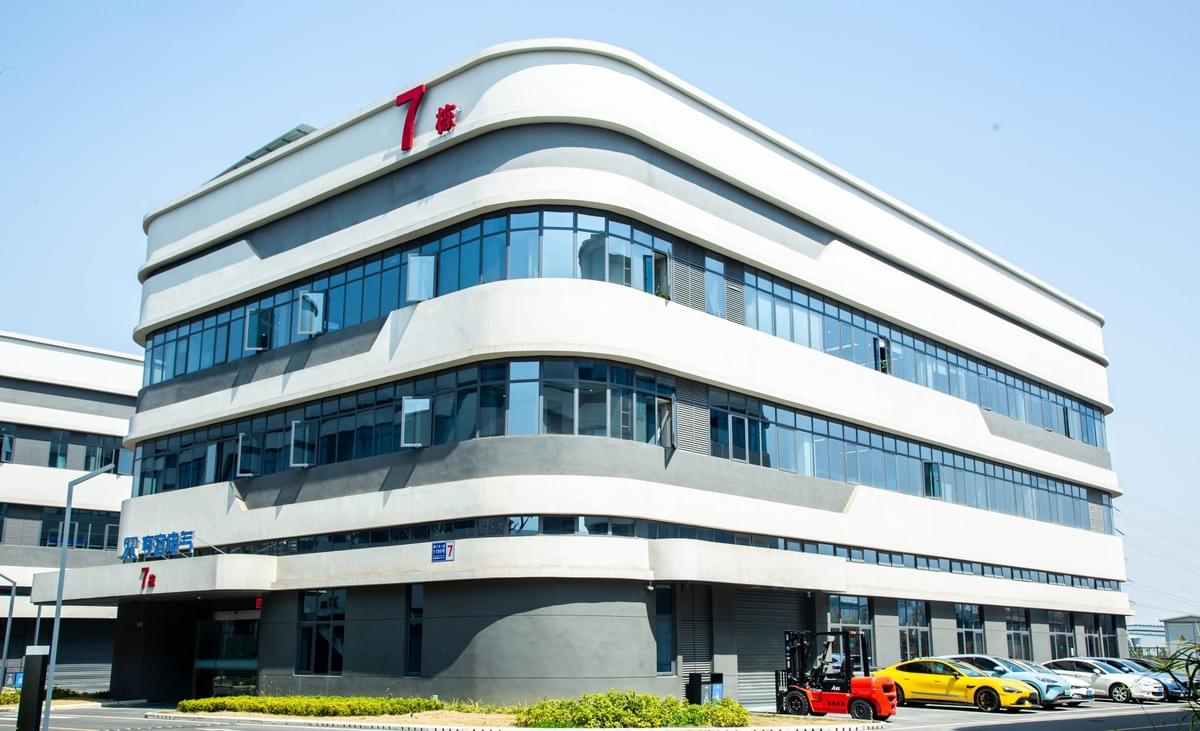
In modern power systems, with the widespread application of various non-linear power electronic devices, the problem of grid harmonic pollution is becoming increasingly severe. The Active Power Filter (AHF), as an efficient harmonic suppression device, is becoming key equipment for improving power quality. This article provides an in-depth analysis of an improved control strategy for a three-phase four-leg AHF. This strategy combines Fractional-Order Sliding Mode Control with Fuzzy-Hysteretic Control, significantly enhancing the AHF's capabilities in harmonic suppression and zero-sequence current compensation.
1. The Importance of AHF in Modern Power Grids

With the proliferation of non-linear loads such as variable frequency drives and rectifiers, the harmonic current content in the power grid continues to rise, seriously affecting the stability and energy efficiency of the power system. The Active Power Filter (AHF) effectively filters harmonic components from the grid by real-time detection and injection of inverse harmonic currents, making it a core device for improving power quality. Especially in three-phase four-wire systems, the three-phase four-leg AHF has garnered widespread attention due to its flexible control capabilities and excellent compensation performance.
2. Topology and Mathematical Model of the Three-Phase Four-Leg AHF

The main circuit of the three-phase four-leg AHF has one additional leg (n-phase) compared to the traditional three-phase three-leg AHF, giving it the ability to independently control zero-sequence current, making it suitable for applications with significant neutral line currents. Its topology includes four bridge legs, a DC-link capacitor, and output inductors.
By establishing the state equations of the AHF in the abc coordinate system and transforming them into the dq0 coordinate system for analysis, its dynamic behavior can be clearly described. This model lays the foundation for the subsequent design of high-performance control strategies.
3. The Improved AHF Control Strategy: FOSMC + FHC

3.1 Application of Fractional-Order Sliding Mode Control (FOSMC) in AHF
To improve the tracking accuracy and response speed of the AHF for harmonic currents, this paper proposes the use of Fractional-Order Sliding Mode Control (FOSMC) for the abc phases. By introducing a fractional-order differential operator, this strategy enhances the system's convergence performance and robustness. Simulation results show that FOSMC enables the AHF output current to quickly track the reference signal within a finite time, effectively suppressing harmonics.
3.2 Implementation of Fuzzy-Hysteretic Control (FHC) for the n-phase in AHF
To address issues in traditional hysteresis control, such as variable switching frequency and performance susceptibility to operating conditions, the n-phase leg adopts Fuzzy-Hysteretic Control (FHC). This strategy dynamically adjusts the hysteresis bandwidth based on the current error, retaining the fast response advantage of hysteresis control while improving system stability and adaptability.
3.3 Feedforward Compensation and Coordinated Control
Considering the coupling relationship between the n-phase and the abc phases, a feedforward compensation mechanism is designed to achieve coordinated control among the four phases. This integrated control architecture effectively enhances the overall performance of the AHF under complex operating conditions.
4. Simulation and Experimental Verification of the AHF Control Strategy

To verify the effectiveness of the proposed control strategy, the research team built a simulation model based on MATLAB/Simulink and constructed an AHF experimental platform centered on TMS320F2812 and FPGA.
4.1 Simulation Result Analysis
Before connecting the AHF, the grid's three-phase current Total Harmonic Distortion (THD) was as high as 28.18%, with severe waveform distortion. After connecting the AHF with the proposed design, the THD was reduced to 3.32%, the current waveform approached an ideal sine wave, and the harmonic suppression effect was significant.
4.2 Experimental Platform and Results
The experimental platform integrates various processors like DSP, FPGA, and CPLD, enabling rapid execution of control algorithms and real-time monitoring of system status. Experimental results show that after the AHF was connected, the grid current THD dropped from 25.7% to 1.9%, with a compensation rate reaching 92.6%, fully validating the engineering feasibility of the proposed control strategy.
5. Conclusion and Outlook

The integrated strategy of Fractional-Order Sliding Mode Control plus Fuzzy-Hysteretic Control proposed in this paper provides an efficient and reliable control solution for the three-phase four-leg AHF. This solution not only improves the harmonic suppression capability of the AHF but also enhances its compensation effect on zero-sequence current, showing great promise for engineering applications.
In the future, we will further optimize the AHF control algorithms and promote their widespread application in areas such as renewable energy integration, data centers, and industrial power grids, contributing to the development of cleaner and smarter power systems.

At Hengrong Electrical, we understand that every detail in power control matters. From advanced product design to innovative filtering solutions, we are committed to delivering reliable, efficient, and future-ready technologies. By choosing Hengrong, you gain more than just products — you gain a trusted partner dedicated to helping your business achieve smarter, safer, and greener operations.
